Aloe vera plant care: tips on growing and caring for aloe plants indoors and out
With our advice on aloe vera plant care, you'll soon have a flourishing family of these lush, low-maintenance succulents
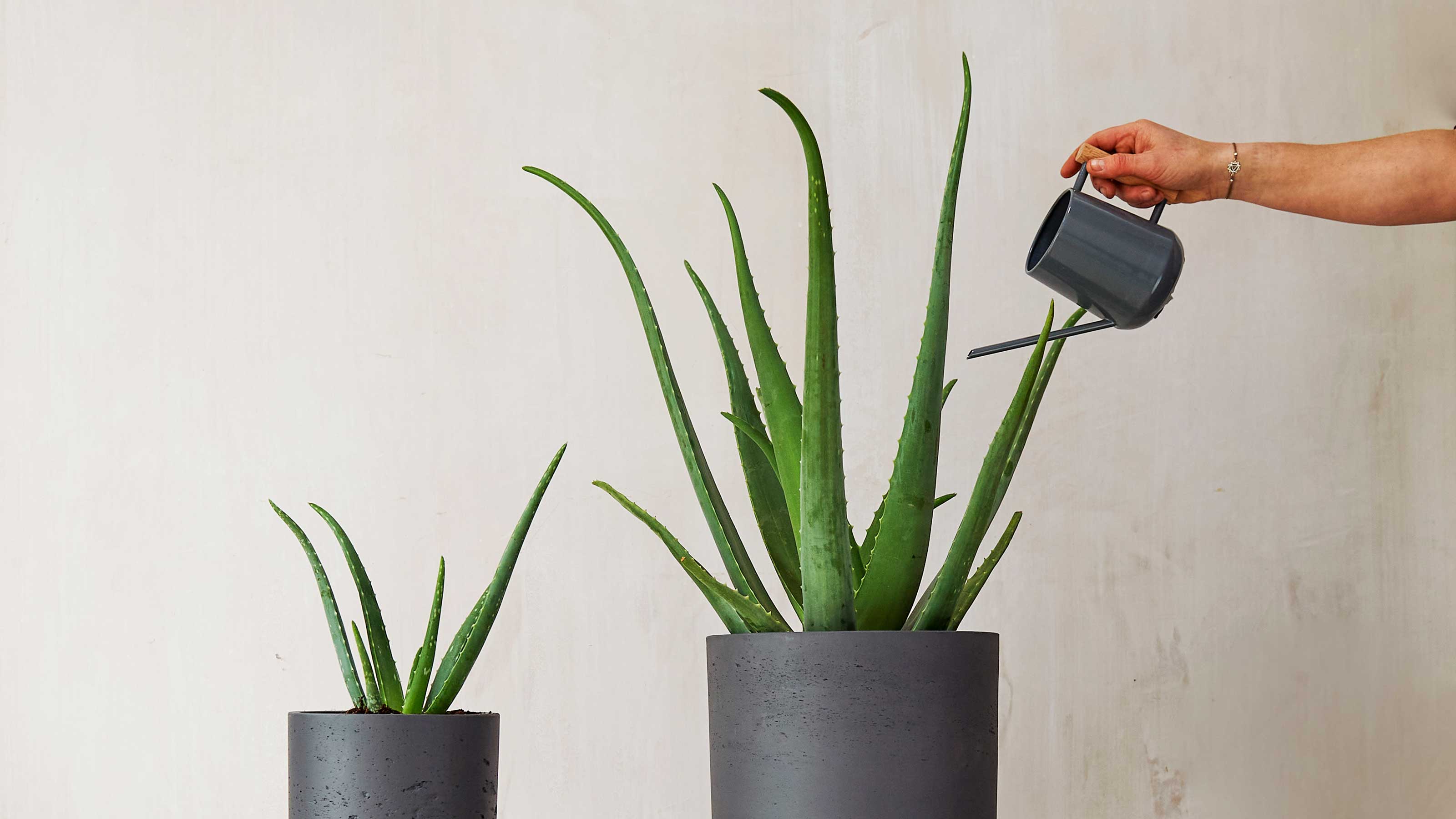

Easy to grow and easy to keep, get the hang of aloe vera plant care and you'll find they're the perfect pick to green up your home.
Aloe vera are having a moment right now driven by social media – just look at all those interiors shots on Instagram with these beauties showing up. They love a terrarium and have a natural affinity with a steamy bathroom (perfect for shelfie snaps), plus, they help to keep the air in your home clean too. And, although it's most common to learn how to grow aloe vera as a houseplant, you can also grow them outdoors in warmer climates (or just during the warmer months of summer) to max up that Mediterranean feel in your garden.
Aloe vera look fantastic in all sorts of schemes, whether positioned amongst other plants or taking center stage. Their shapely form has thick, blue-green leaves that grow up in spikes from a rosette at the base of the plant, and these develop serrated edges as they mature.
It's easy to see why they make one of the best indoor plants. And we've brought together tons of tips on how to care for aloe plants so you can enjoy some of your own.
4 quick tips on aloe vera plant care
Learning how to grow aloe vera is a cinch. Whether you're looking to add it to your indoor garden ideas or want to grow it outdoors, it's a tough little plant that is pretty self-sufficient, so you can't get more low-maintenance than this.
- Aloe vera stores moisture and nutrients in its leaves in order to get through dry periods, and you can pretty much leave it to get on with it.
- There’s no need to feed aloe vera regularly. Once a year, at the beginning of the growing season in spring, treat it to a feed with a general houseplant fertilizer and that should cover all its needs.
- During summer, water aloe vera every fortnight, and position it in a light and sunny spot. Then, sit back to watch it thrive. Generally, it takes three to four years to reach maturity.
- It's also super-easy to propagate aloe vera and you'll soon have so many new members in your aloe family you'll be giving away multiple plantings to friends and neighbors.
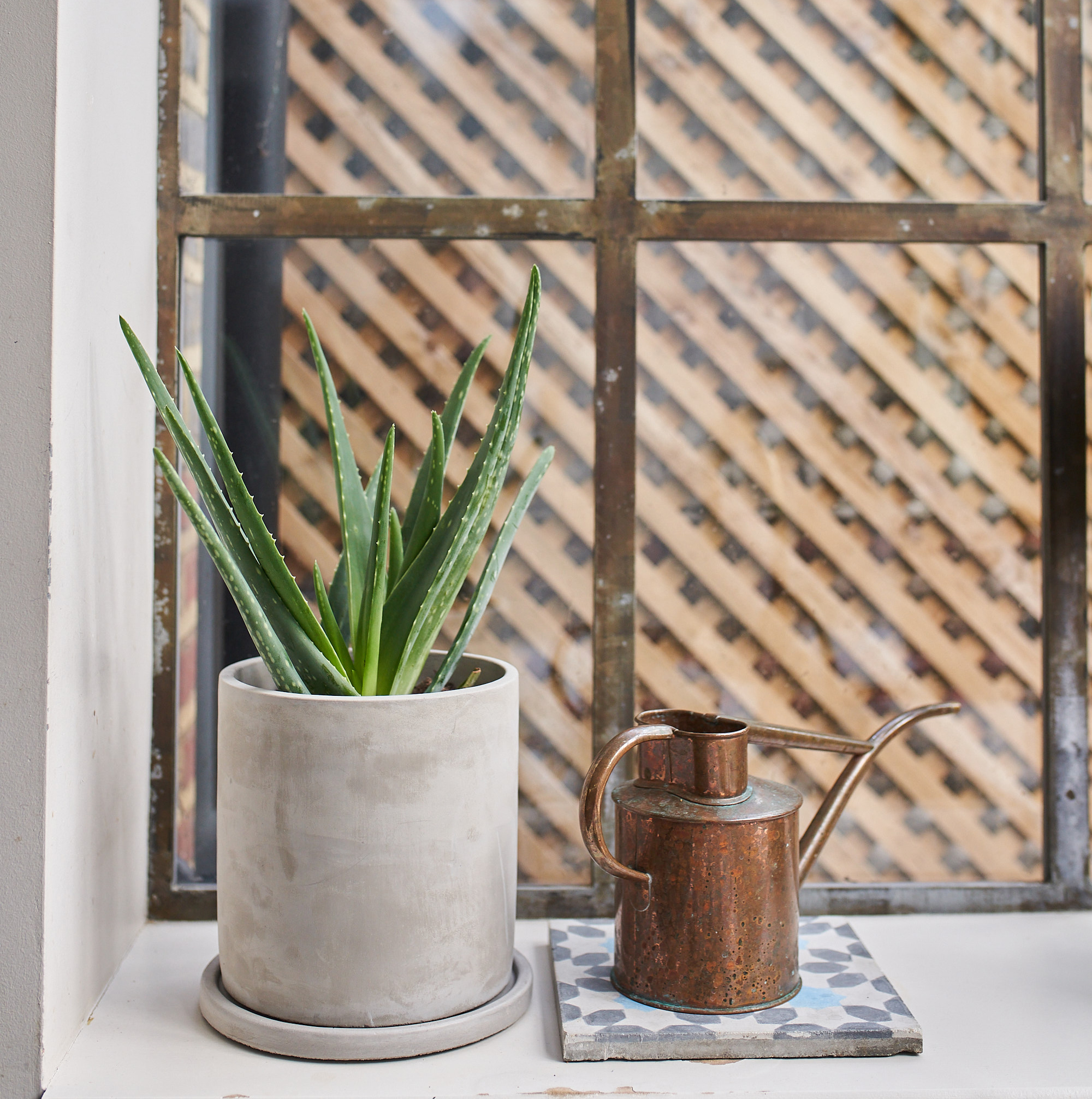
Aloe vera make easy houseplants
How to grow aloe vera indoors
Learning how to care for aloe vera plants couldn't be simpler, which is one of the reasons why they're such a popular houseplant.
- Aloe vera plants do best in dry conditions. Plant them in a cactus potting mix or a regular potting soil with added perlite or grit for a free draining environment. Make sure the pot has plenty of drainage holes too.
- These plants tend to get quite heavy, so choose a bowl-shaped container that is wider than it is tall. This will prevent the plant from tipping over if it starts to become unbalanced.
- Once you've planted your aloe vera, make sure to put it somewhere where it can get the light it needs. If you're growing them as part of your indoor plant ideas, they generally do best in south- or west-facing windows.
- Aloe vera cannot tolerate standing in water so be careful when it comes to watering plants. Keep an eye on how much you water them each time and drain away any excess that pools in the base of the pot.
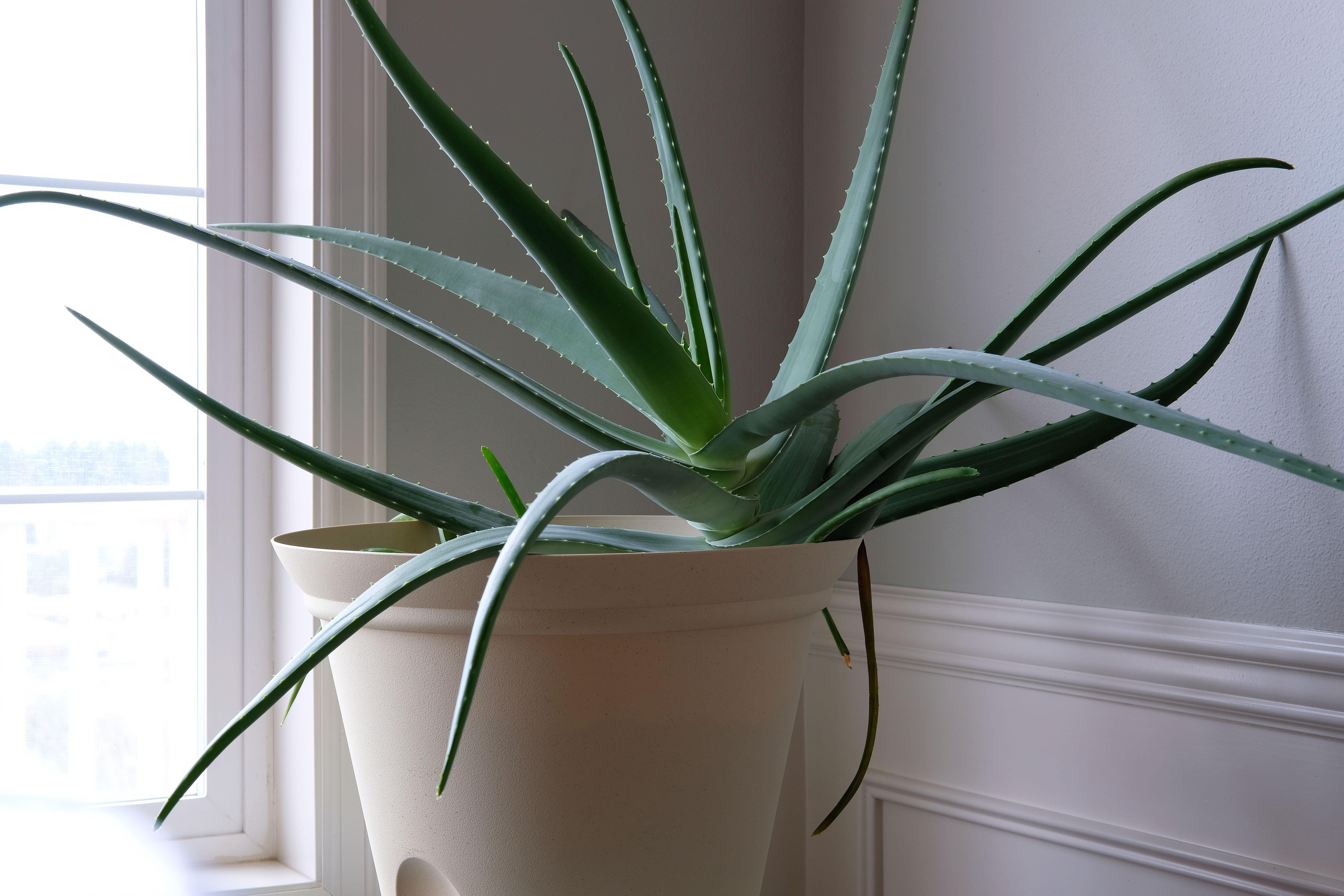
Aloe vera like plenty of natural light
How to grow aloe vera outdoors
Despite its exotic appearance, aloe vera also grows well outdoors, so take your collection outside in summer and style up your plants in a bright spot.
- Success with growing aloe vera outdoors depends on where you live. Aloe vera should grow well outdoors in USDA zones 8 to 11. In other zones (including the UK), you can grow it outside in the summer in a container, but you should move it indoors for the winter months to protect it from cold overnight temperatures and frosts.
- Aloe vera needs sandy or gravelly soil that's free draining. To make sure you have the right drainage in a pot, use a special cactus potting soil or add some perlite or coarse sand to your regular compost to make it more gritty.
- When considering how to grow aloe vera outdoors, you can try grouping it with other cacti and succulents with similar needs for a stunning Mediterranean garden vibe. You may even be rewarded with spikes of bright flowers on slender spires if you're lucky.
- If you want to mix an aloe vera plant into your garden borders, the easiest way is to plant it up in a container to position it as a focal point. Potted aloe vera is also a good choice for adding interest to your decking ideas and patio ideas. Just remember that it needs to be in a place that's bright with indirect sunlight.
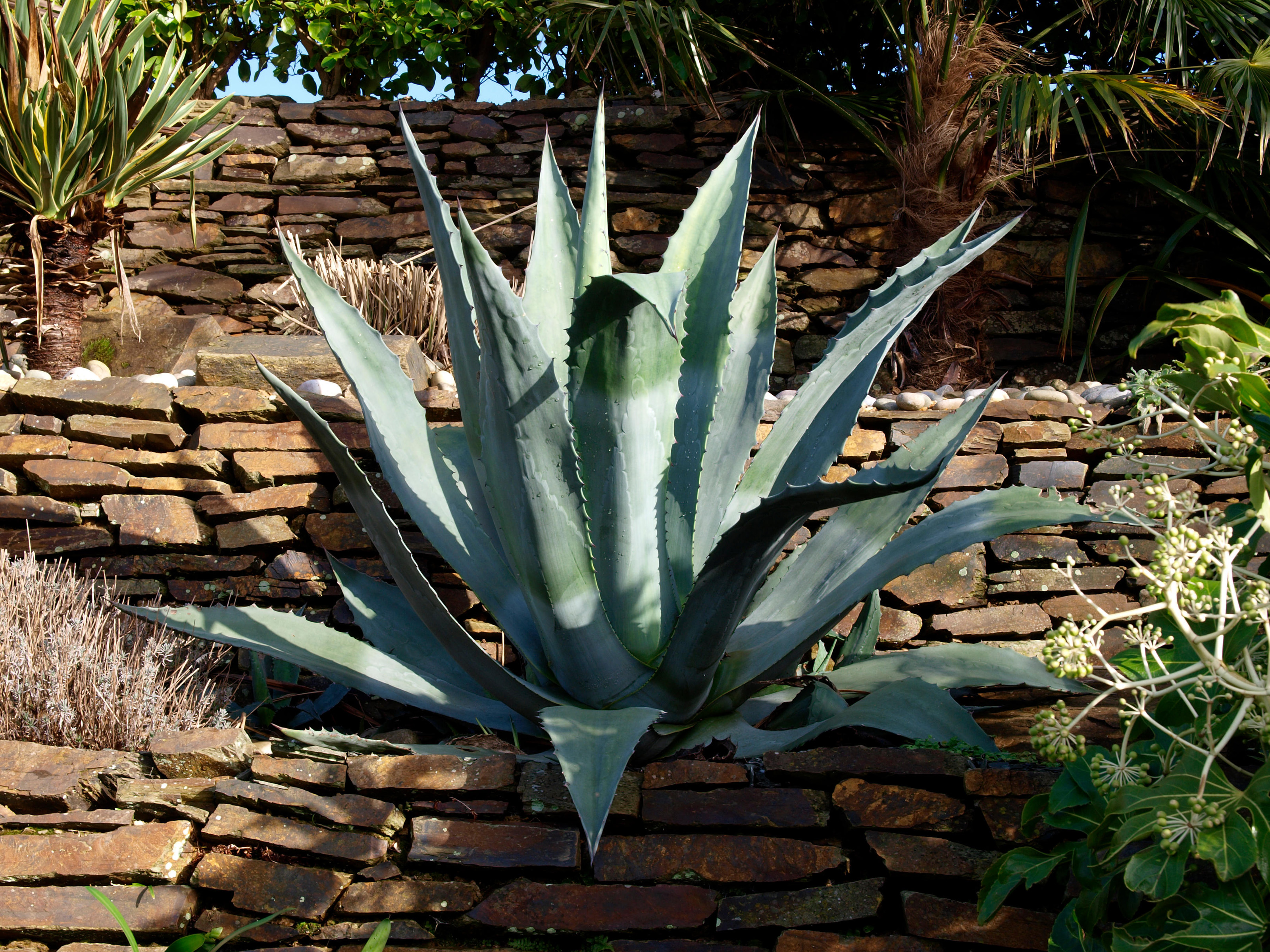
In warmer climates, aloe plants can be a good choice for adding interesting shapes to your flowerbeds
Do aloe vera plants need direct sunlight?
'Too little bright light will cause the plant to go dormant, so avoid dark or shady locations,' says Jo Lambell, founder of Beards & Daisies. Your aloe vera plant will love being placed in a spot that offers bright, indirect sunlight, away from cold draughts.
However, it won't appreciate sustained direct sunlight, as this tends to dry out the plant too much and turn its leaves yellow. If you're growing it indoors as a houseplant, keep your aloe vera in a pot near a window but avoid having the sun's rays hit it directly.
Growing it outdoors during the summer months? This plant isn't a good choice for your shade garden ideas as, just like indoors, it needs to be in a place that's bright with indirect sunlight too.
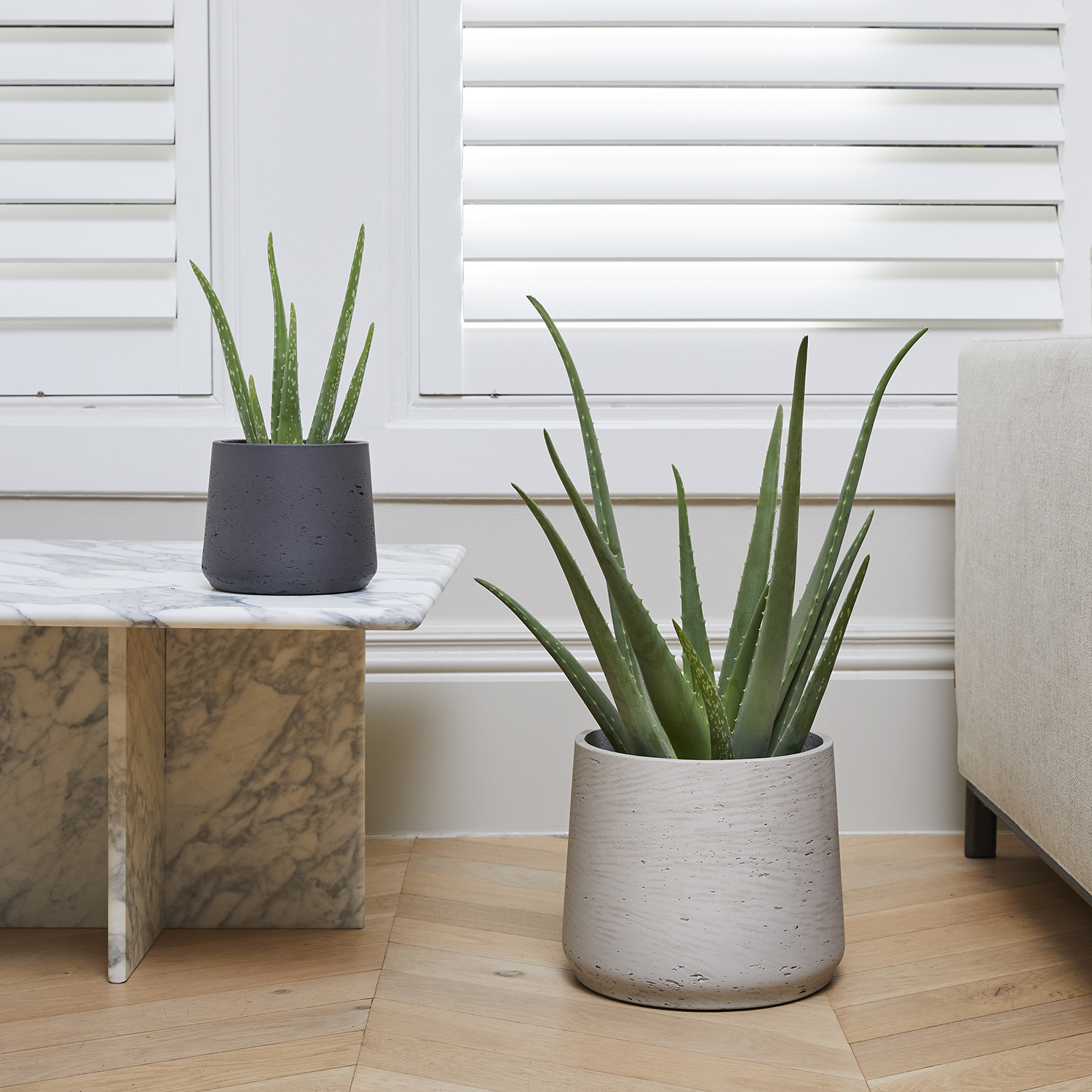
Although aloe vera like light, lots of direct sunlight can dry them out
How much do you need to water aloe vera?
'The aloe vera is technically a succulent plant that hails from hot and dry regions of the world. Due to this, it stores water in its leaves, so doesn't require much watering,' says Jo Lambell of Beards & Daisies. Aim to water your aloe vera plants once a fortnight, less in winter, allowing the soil to dry out completely in between. 'Only hydrate when its soil is dry to touch,' says Jo. 'It's very tolerant of drought, making it an excellent choice for new plant parents.'
If you forget and leave it dried out for too long, the leaves will shrivel and pucker. Sometimes leaves become transparent because they're so dehydrated. They will recover if watered, but won't thrive with repeated treatment like this of either too much or too little water. This will eventually cause the leaves to yellow and die.
If you're sure you're watering the plant often, you may be overdoing it instead. Take the aloe vera out of its pot and check the roots. If they're dead or mushy, this could be the cause of the puckered leaves, and it's best to concede defeat with this particular one.
Remember to factor in where you decide to put the plant as this will also dictate how long it takes for the soil to dry out and how long you need to wait in between watering it.
Going on vacation and worried about keeping your plants well-watered and in good health? Our guide to watering plants while away has lots of useful tips for keeping them alive in your absence.
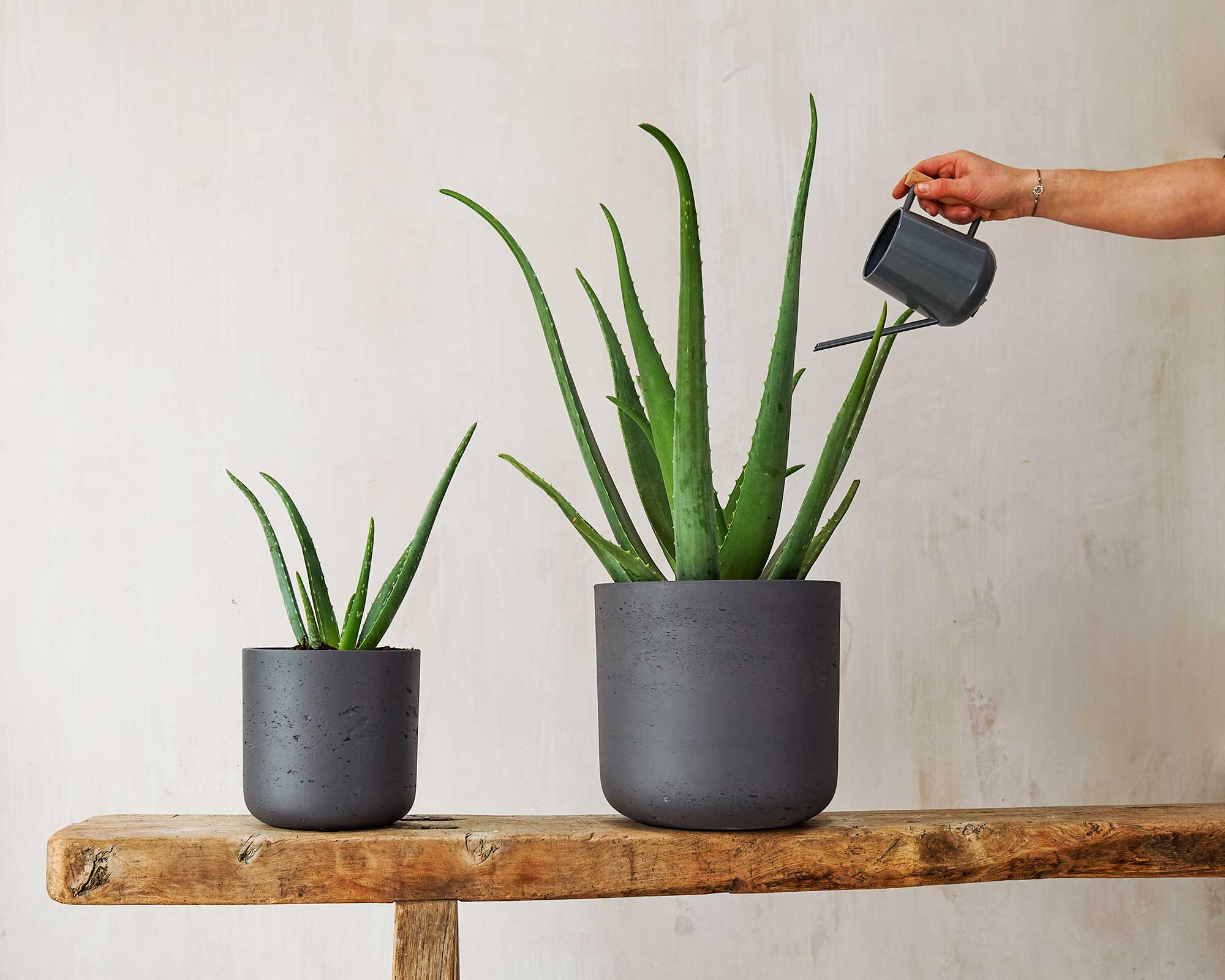
Aloe vera need watering once a fortnight during the growing season
Do aloe vera need special treatment in winter?
Aloe vera rest in winter and become dormant, so they should be given little water and no food. This is particularly important if it's in a cool spot to prevent rotting. The plant develops when the days start getting longer again, at which point you should begin to water it again and give it a feed.
If you're considering how to grow aloe vera outdoors, you need to take action when the temperature drops as they can't tolerate frost. If you live in a colder climate, your plants should be grown in pots as part of your container gardening ideas and brought inside for the winter. If you experience an unexpected sudden frost, cover your plants with horticultural fleece to keep them warm. There are more tips on how to protect plants from frost in our guide.
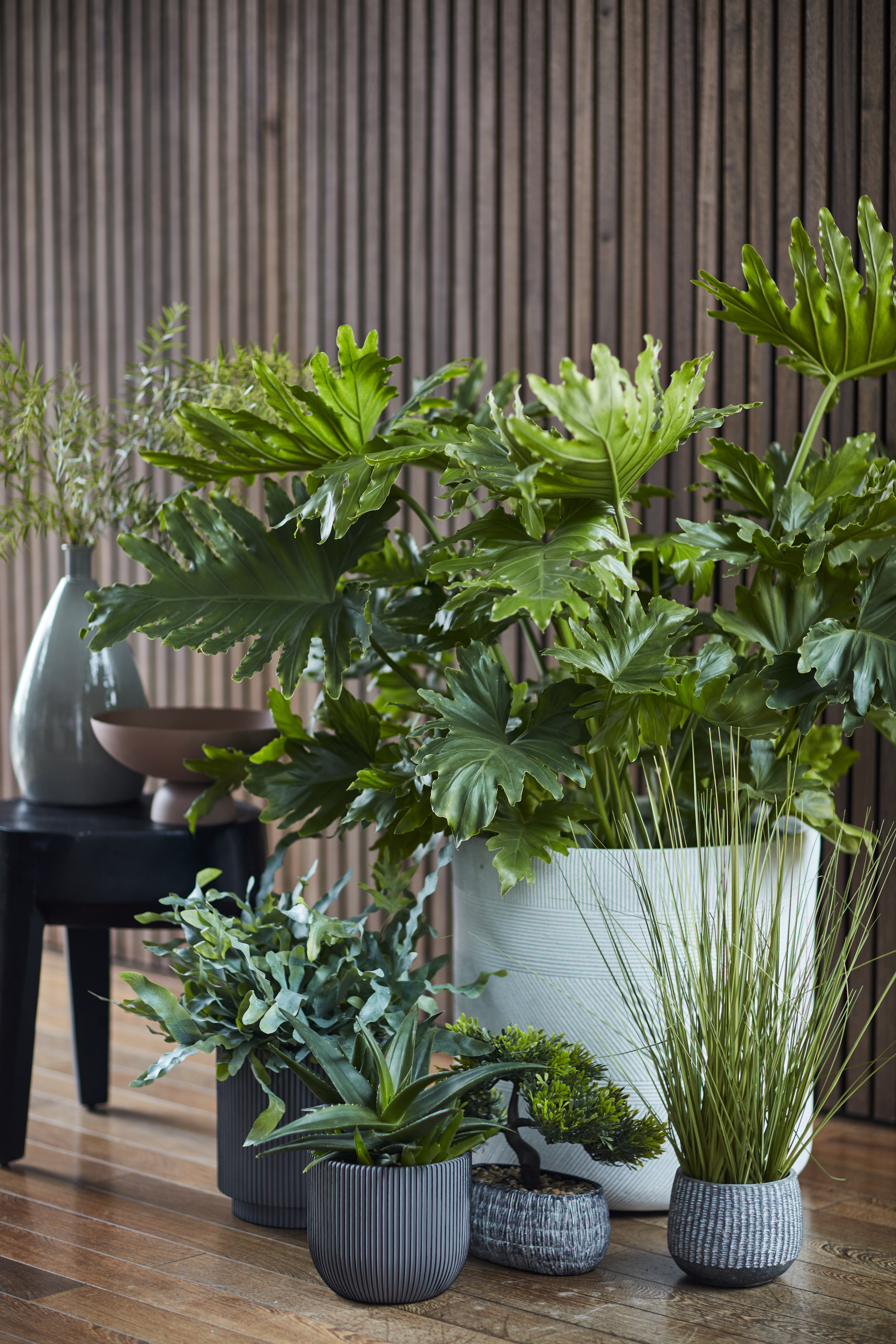
Aloe vera make a beautiful addition to an indoor plant display
Will my aloe vera have flowers?
Some aloe vera plants have flowers and some don't. To flower, the plant needs to be established and have reached maturity, which takes around four to five years.
Good light conditions are also needed. They can flower at any time of the year and the flowering stem comes shooting out like an arching spire so quickly you might not notice it until it's already pretty long.
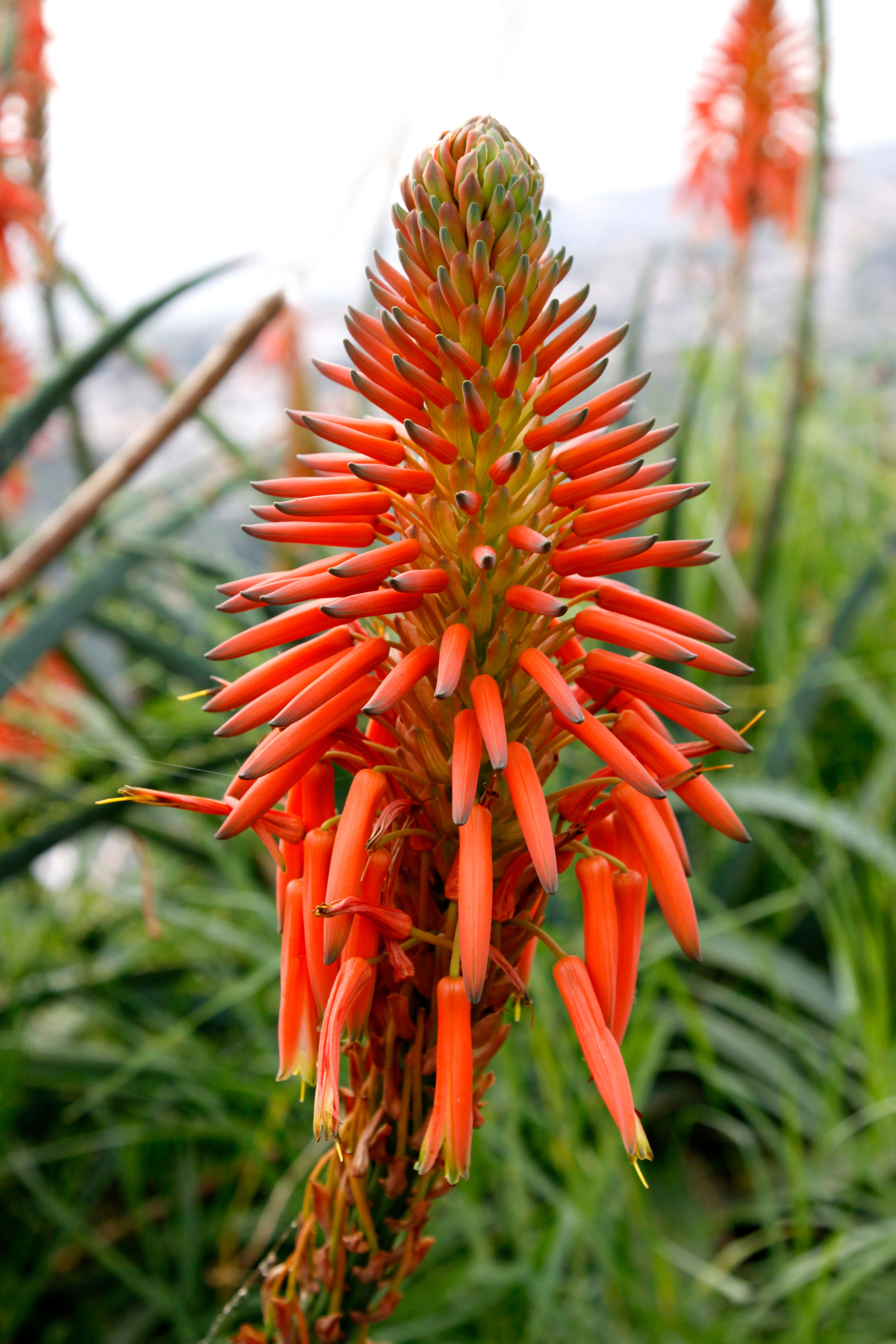
Some aloe vera plants will provide beautiful blooms
What to look out for when buying aloe vera
For the best results when growing your aloe vera, choose your plant carefully.
Take a good look at the plant to check it's happy and healthy. If possible, ease it out of the pot to check the root system is viable. Sometimes you will see small rosettes on the plant too, which means it's a good one to choose, and it will look more visually appealing.
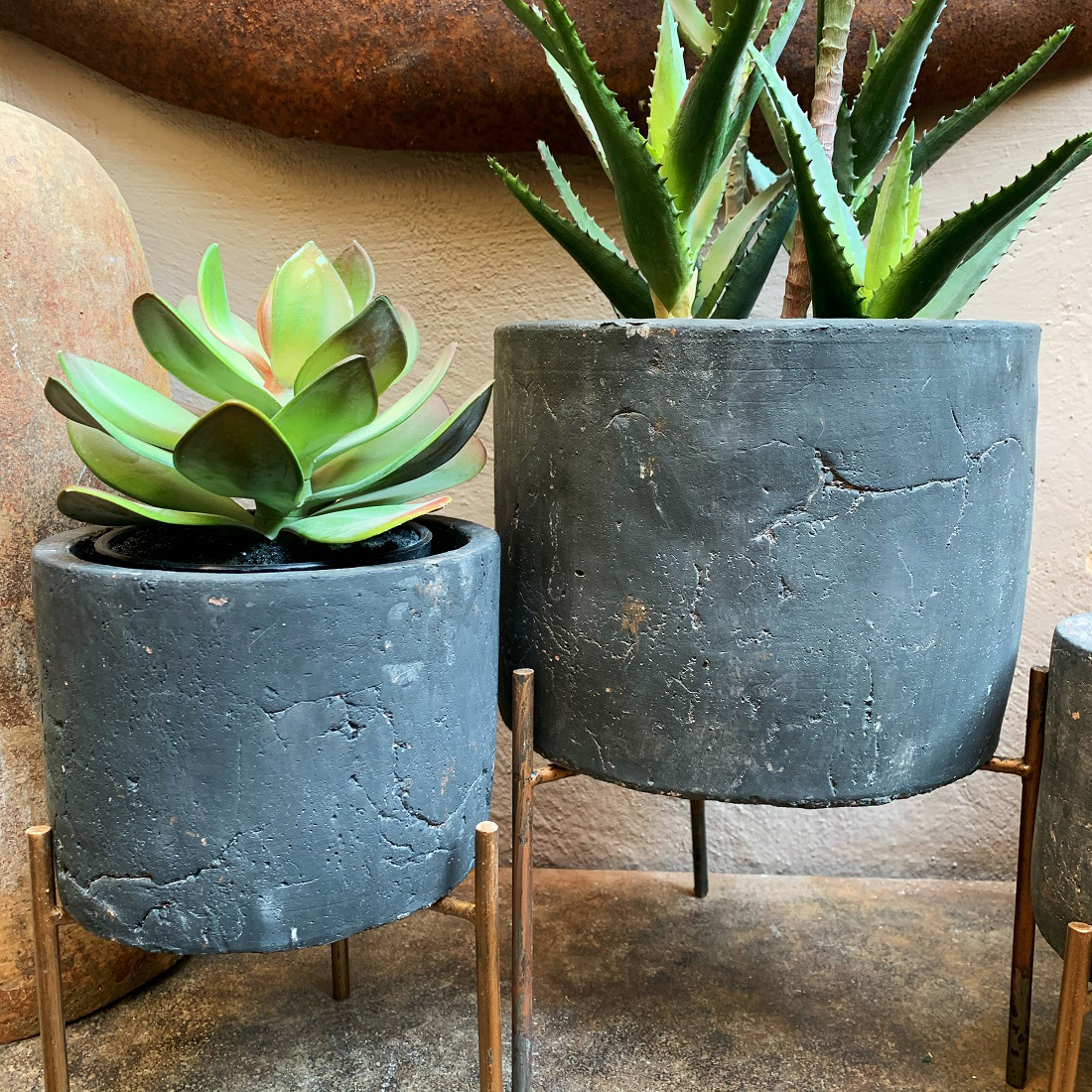
Healthy aloe vera plants (right) have plump leaves
Common problems with aloe vera plants and how to fix them
Aloe vera is a plant that isn't susceptible to diseases. However, it can sometimes be troubled by mealybugs in between the leaf rosettes. Wipe them away with a soft cloth, after spraying the plant with water. If this doesn't work (it can be difficult to tackle), it's best to get rid of the plant and start again.
Other common problems can arise, but they tend to be straightforward to fix with proper aloe vera plant care:
- If you overwater your aloe vera, the leaf rosettes can start to rot. It's better for the soil to be a little too dry than much too wet. As mentioned above, water your plants fortnightly and let them dry out in between.
- If the plant spends too long in a spot with insufficient light it will start to lose its luster and look faded. Always choose a light, sunny spot for your aloe vera plants.
- If the outer leaves get brown tips, snip off the entire leaf, close to the base of the plant, with your pair of best secateurs. This will encourage new growth. Never prune leaves in the center.
- Aloe vera has a shallow root system that likes to spread out close to the surface. As the plant grows and needs repotting, move up to a wider pot, rather than a deeper one so it has the room to thrive. 'When you repot, choose a pot that is around two inches bigger in diameter,' advises Jo from Beards & Daisies.
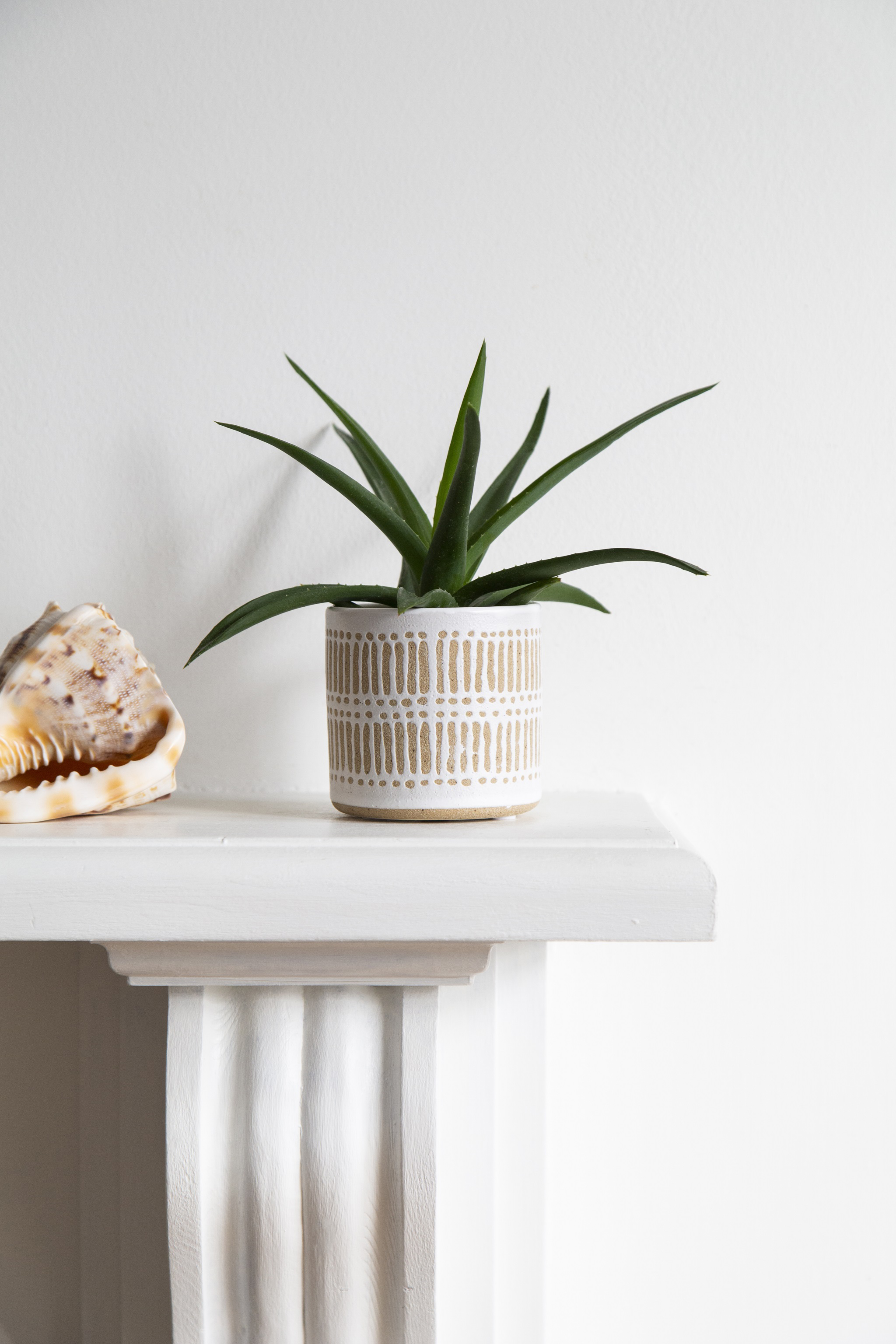
Keep your aloe vera plants healthy by not over or under watering them
Can you grow aloe vera from a cutting?
Learning how to take cuttings from plants is a good way to get extra plants for free – whether you want them for yourself or to give as gifts.
In a short space of time, aloe vera plants usually produce a lot of suckers that will gradually fill the pot. If it becomes very congested you will need to think about how to repot a plant. You can either keep all the plants together in a bigger pot, or separate some of the suckers for propagation or to give away.
When it comes to propagating aloe vera, it's good news all the way. It's easy to get the baby plants, otherwise known as pups or plantlets, established, as they do it mostly by themselves with little assistance from you.
- Remove the aloe vera plantlets that develop at the base of the plant once they're around 2–3 inches tall, as says Jo Lambell.
- Allow the plantlets to rest for a day, then replant them separately in pots of free-draining compost mix and water well.
- Wait a few weeks until the new plants are properly established before watering again sparingly.
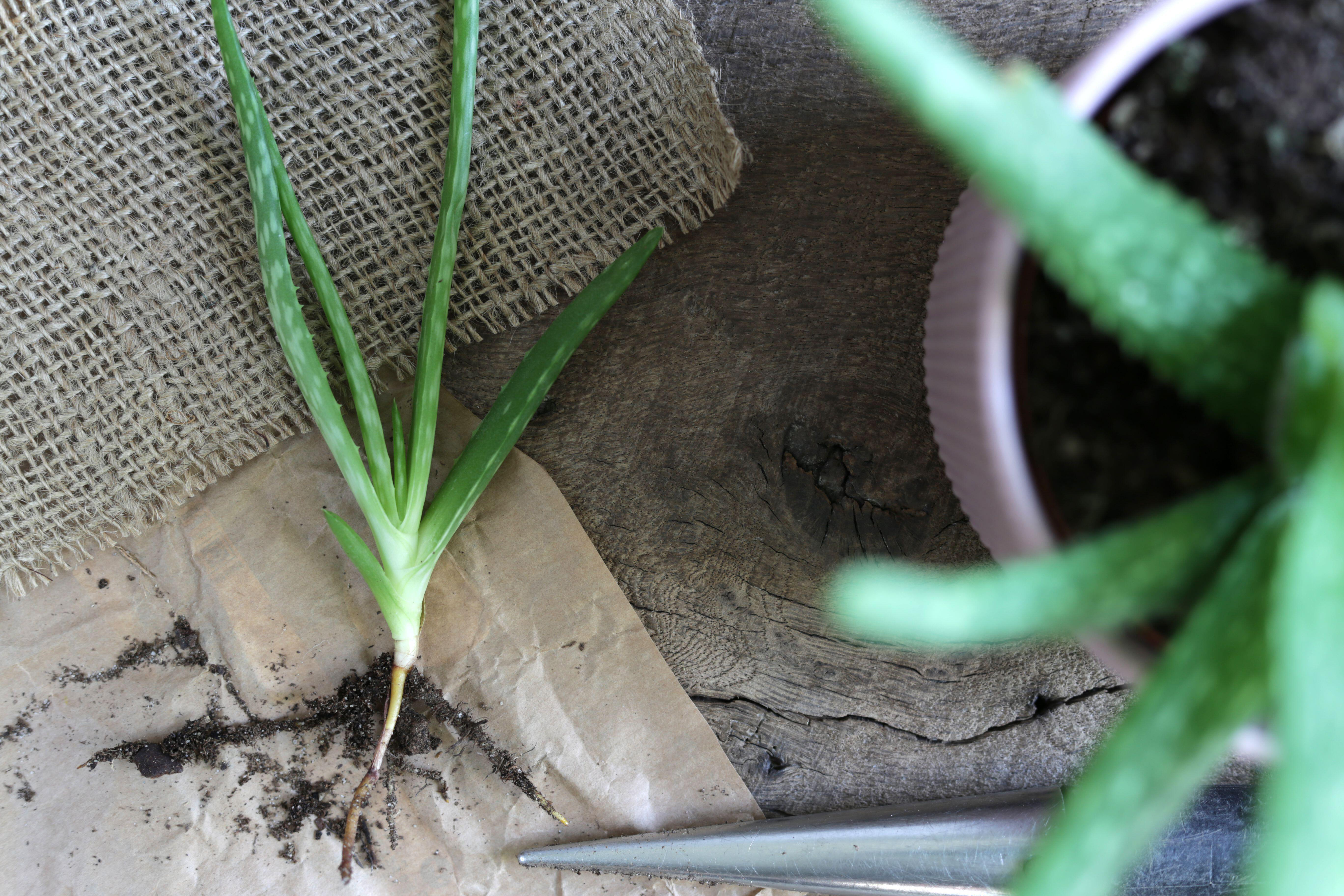
It's easy to propagate aloe vera plants
What are the health benefits of aloe vera?
It's hard not to love the aloe vera – not only is it a hardy and easy-to-grow houseplant, but it's also a multi-tasking one, too, as says Jo Lambell of Beards & Daisies. 'It's affectionately called the ''First Aid Plant'' as a reference to its impressive healing powers – it has been used for its medicinal properties for decades.
'The most valuable part of an aloe vera is the clear gel found inside the leaves,' Jo continues. As she explains, it contains 75 health-giving nutrients and is perfect for soothing insect bites, burns, and sunburn.
Use the freshly squeezed sap straight from the plant for best results. The thicker the leaf, the more gel you will find inside.
If you want to treat a small area of sunburn, say, break off a small leaf or part of a leaf and gently rub the split end on the wound. If you need to deal with a bigger area of sunburn, break off a larger leaf and let the sap drip into a bowl before applying it.
If you have any sap left over, either drink it or add to a smoothie as it's also beneficial for gut health.
You can find more ways to grow your own crops with health benefits in our guide on how to grow your own herbal tea.

Aloe vera bring lots of natural health benefits into your home
How can you style aloe vera plants?
'As a compact and cute plant, the aloe vera lends itself to a variety of interior styles,' explains Jo from Beards & Daisies. 'If you're going for the home-jungle look, position it with a collection of other cacti and succulents, as the difference in leaves and stems will create a real point of interest.' Why not add some indoor hanging plants to the mix, too?
'Alternatively, if you're going for more of a minimal look, the aloe vera works well in the bedroom as a bedside plant,' adds Jo. 'It produces oxygen at night, so will improve the air in your bedroom, helping you to sleep as a result. Told you it takes good care of you!'
You might also fancy adding one to your bathroom for a spa-like feel, alongside some other picks from our best plants for bathrooms guide.
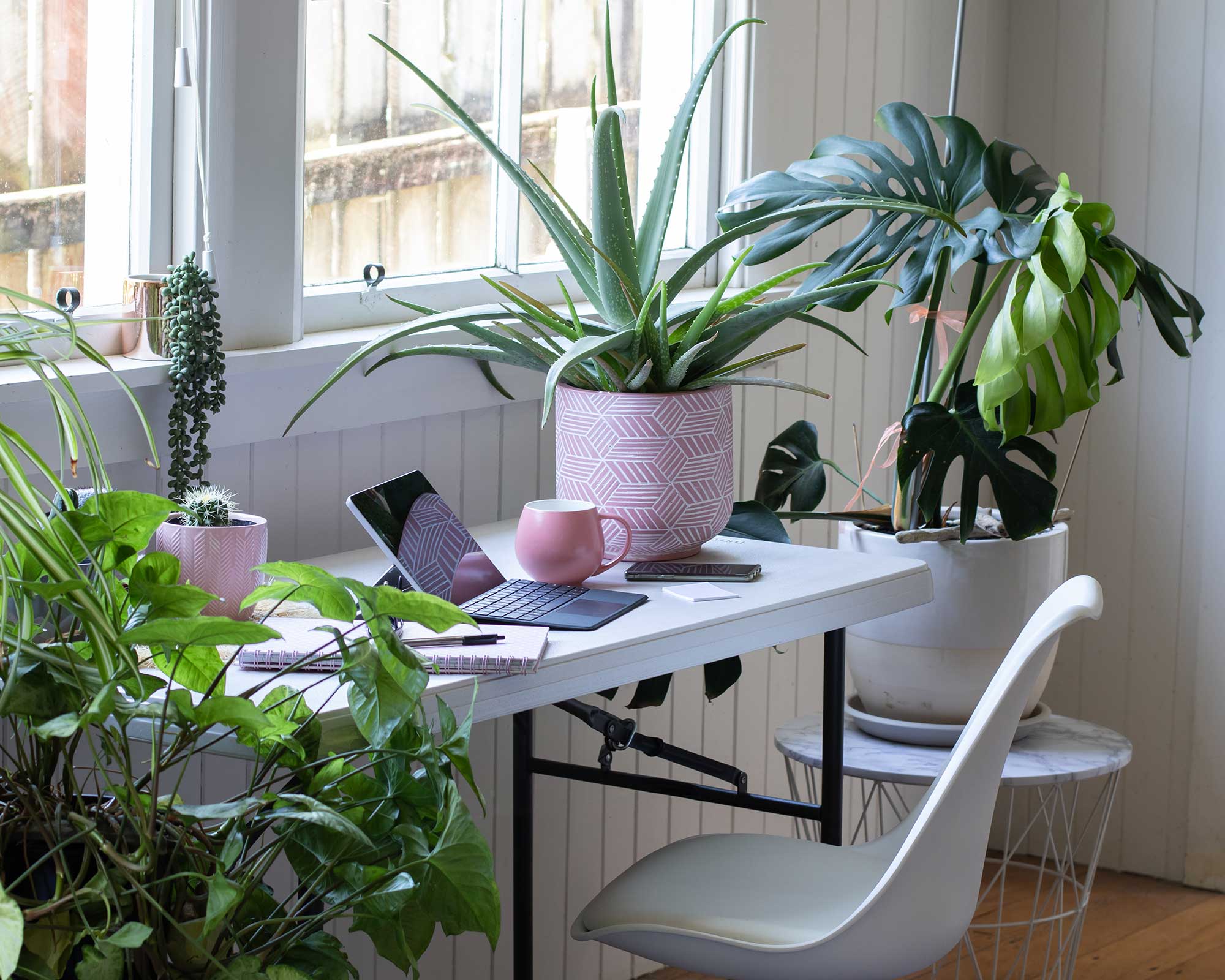
Brighten up your home with an aloe vera and other houseplants
Where to buy aloe vera plants
Now you know how to grow aloe vera, you probably want one for yourself. You can buy aloe vera plants from garden centers and even some grocery stores, but if you want to order one straight away, why not shop online?
Use our quicklinks below to start your search.
Where to buy aloe vera plants in the UK
- Shop aloe vera plants at Amazon
- Shop aloe vera plants at Crocus
- Shop aloe vera plants at Dobies
- Shop aloe vera plants at Patch Plants
- Shop aloe vera plants at Thompson & Morgan
Where to buy aloe vera plants in the US
4 different aloe varieties to choose from
There are over 400 different types of aloe plant. Once you get the hang of aloe vera plant care, you might like to try one of these varieties.
1. Aloe arborescens
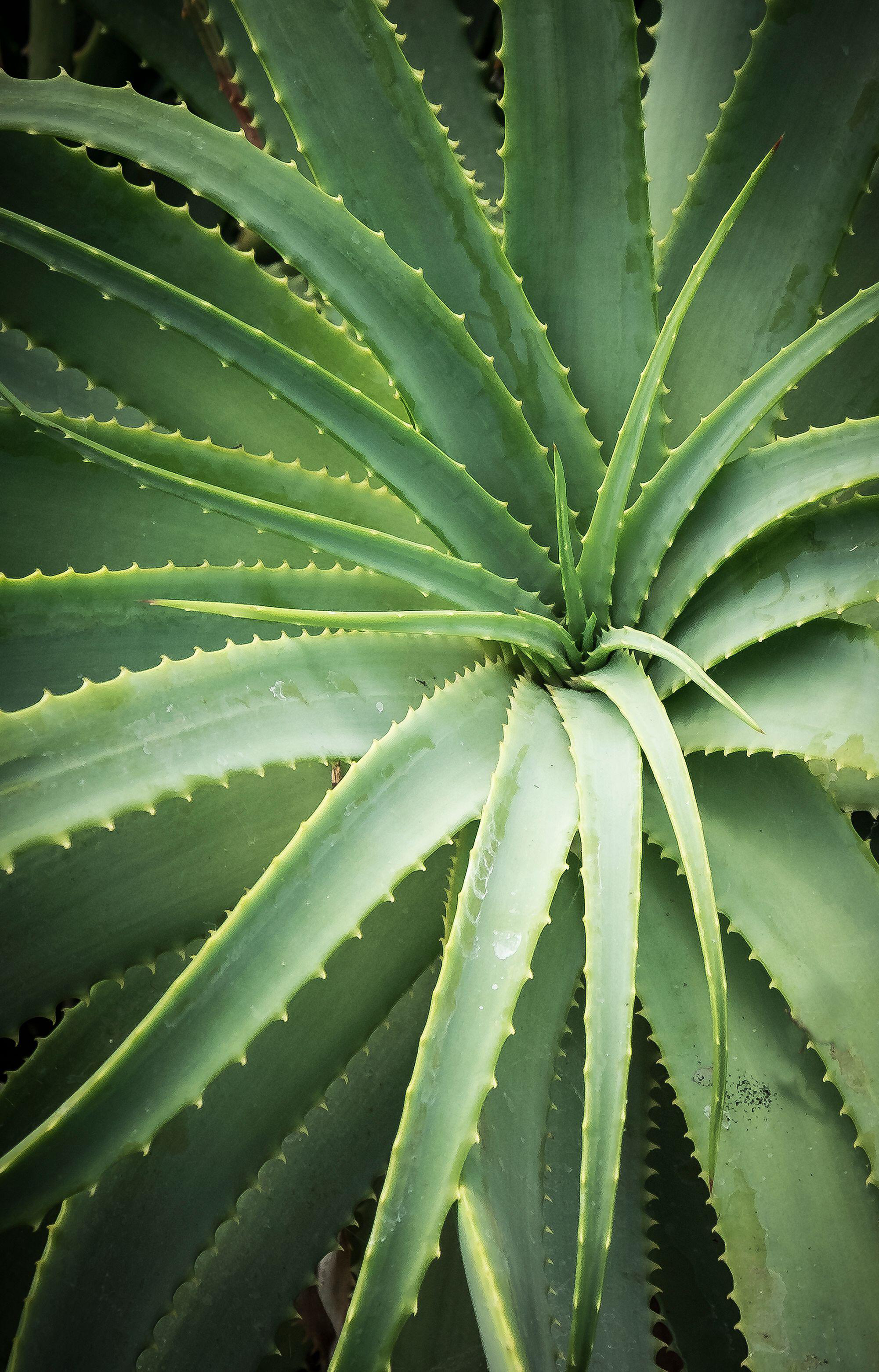
The name of this variety means 'tree-like', and this particular plant is also known as the candelabra aloe on account of its elegant branching stems.
Aloe arborescens is a larger type of plant and can grow up to 9.8ft (3m) tall in the right conditions. The flowers are a vibrant red-orange color and look a little like those of red hot pokers.
2. Aloe humilis
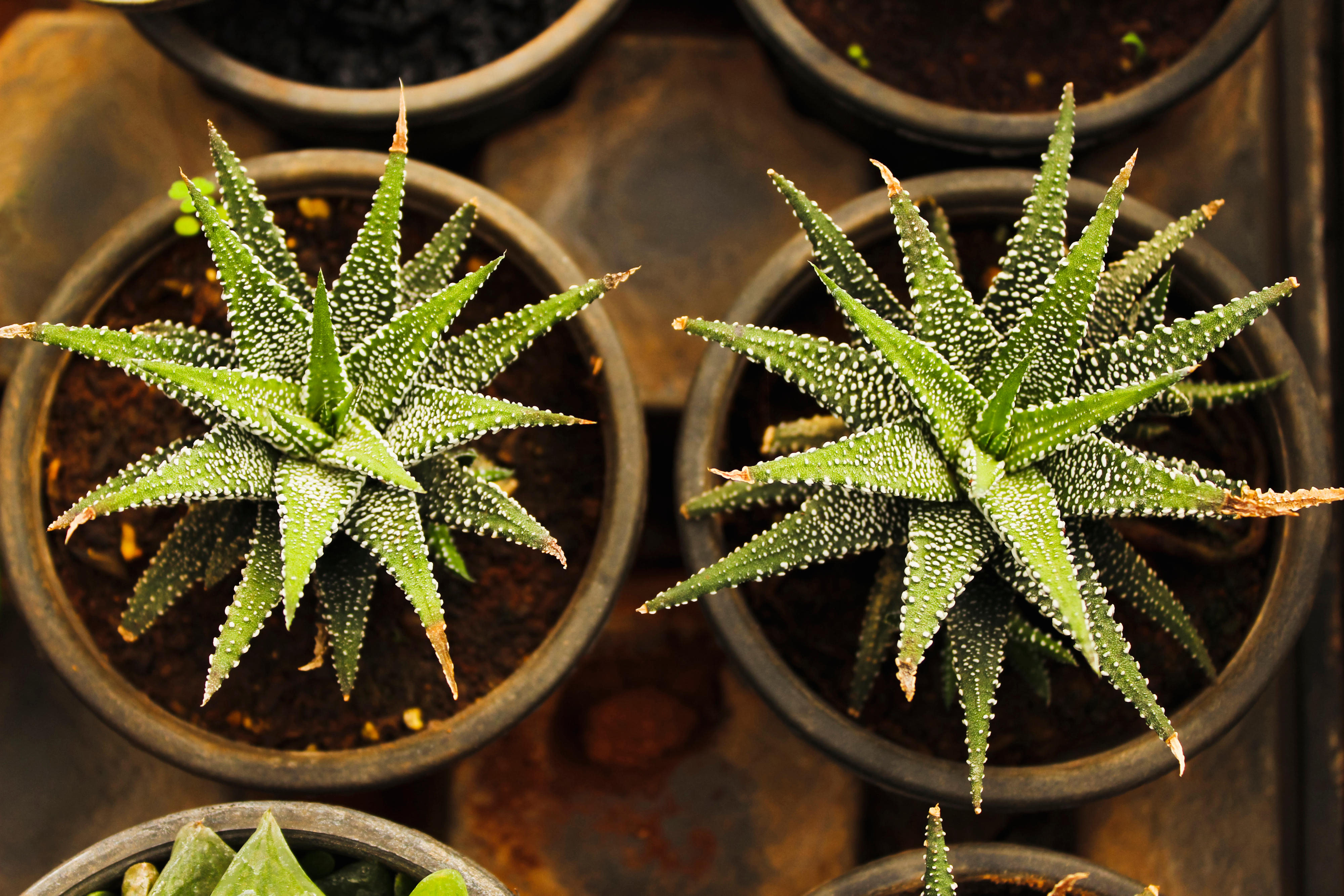
This small succulent forms dense clusters of short-stemmed rosettes of blue-green leaves edged with irregular bumps and spines that look like little white teeth. The name means 'staying close to the ground'.
It has red-orange flowers that appear on tall spikes in late winter and spring. It's a lovely plant for brightening up your succulent garden ideas.
3. Aloe aristata
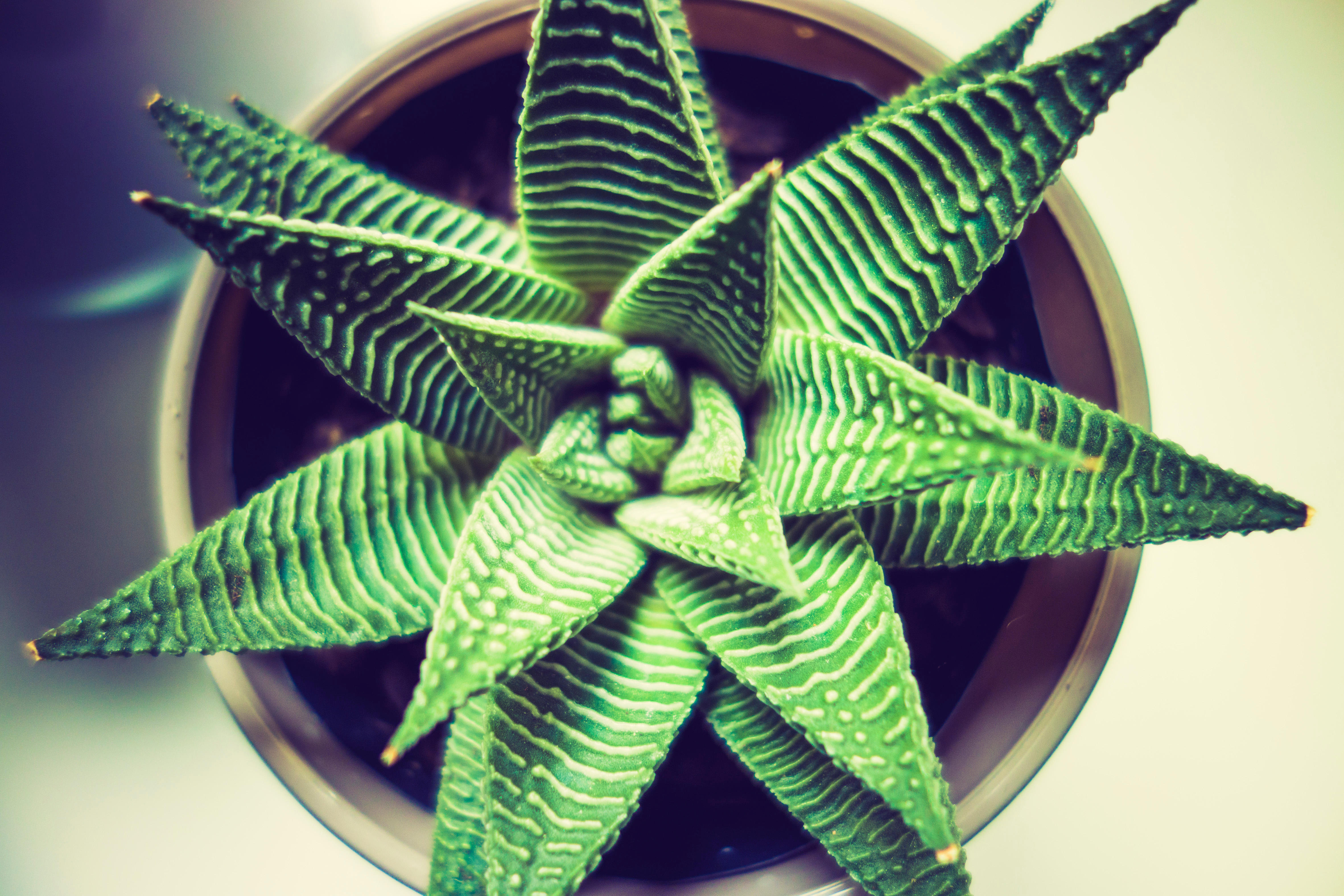
Aloe aristata is a stylish succulent that forms a dense rosette of fleshy green leaves, each with a finely serrated edge and a smattering of paler markings.
In autumn, tubular, orange-red flowers appear on long stems. Although hardier than many aloes, it's best grown as a houseplant or under cover outside, perhaps as part of your greenhouse ideas.
4. Aloe polyphylla
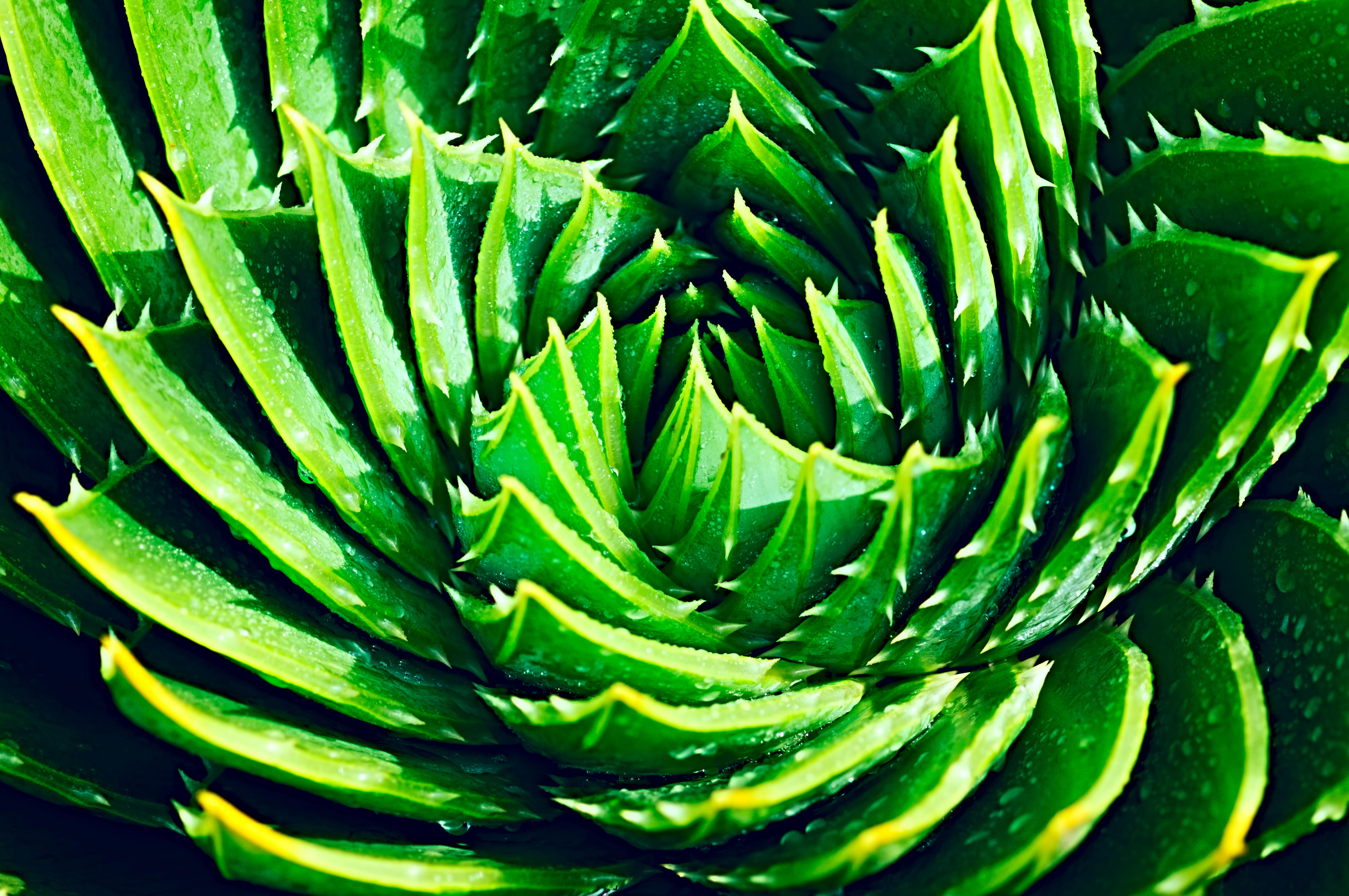
Exotic-looking aloe polyphylla has a spiral of leaves arranged in geometric swirls with rosettes that can eventually grow to over 19.7in (50cm) across.
It can withstand temperatures below freezing, making it a perfect outdoor all-year-round UK succulent. They are thirsty and hungry plants that benefit from extra feeding and watering during the growing season.

Lifestyle journalist Sarah Wilson has been writing about gardens since 2015. She's written for Gardeningetc.com, Livingetc, Homes & Gardens, Easy Gardens and Modern Gardens magazines. Having studied introductory garden and landscape design, she is currently putting the skills learned to good use in her own space where the dream is establishing a cutting garden.
